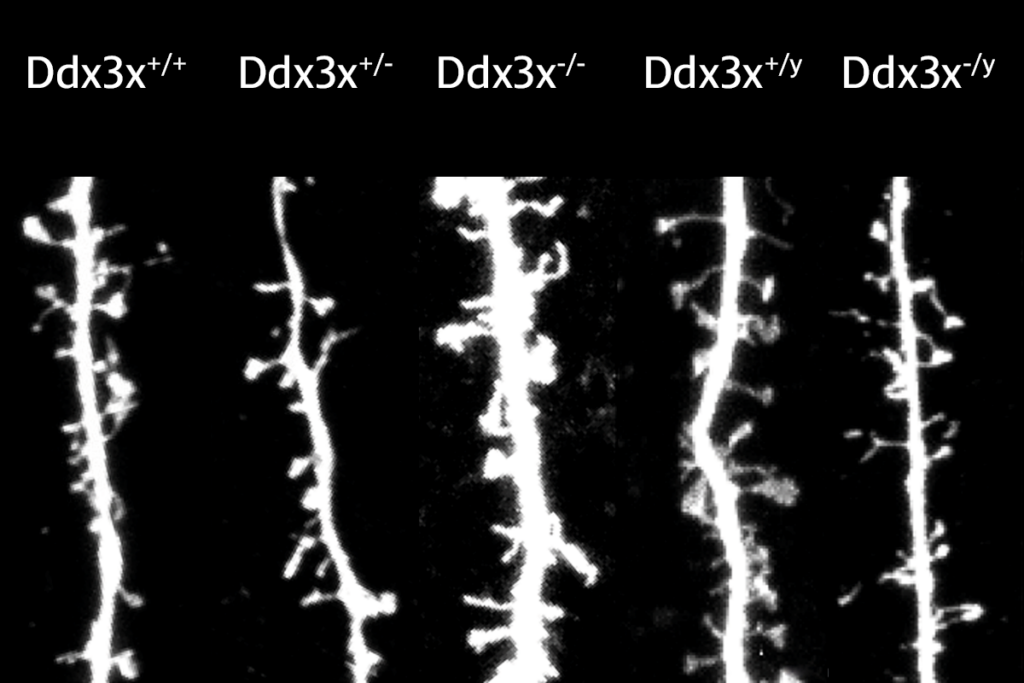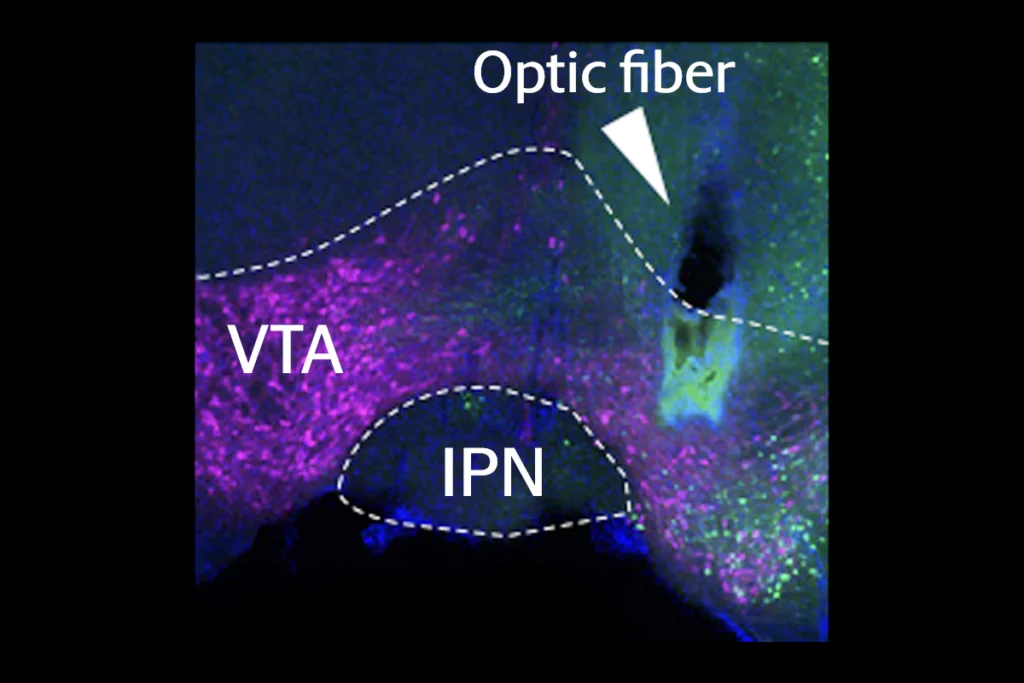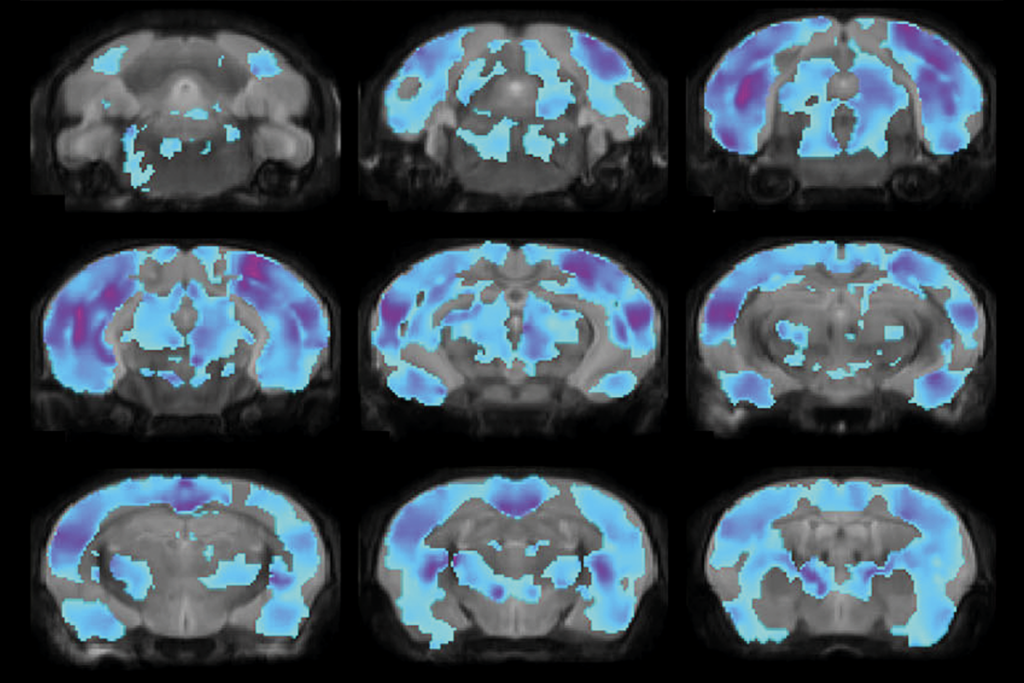New test looks at emotion recognition without words
A clever new test assesses whether someone with autism can recognize emotions from facial expressions without needing to name them. The test was described in the 26 June issue of Frontiers in Psychology.
A clever new test assesses whether someone with autism can recognize emotions from facial expressions without needing to name them. The test was described in the 26 June issue of Frontiers in Psychology1.
People with autism have social deficits, such as an inability to read subtle social cues.
In one classic test of this social deficit, participants are asked to identify emotions from pictures of eyes. However, those who struggle with language, another frequent symptom in autism, may be unable to pick the word for the correct emotion from a multiple-choice list even if they recognize the emotion.
The new test instead avoids word labels and relies on a more implicit understanding of emotion.
The researchers used a set of video clips in which 20 actors portray 25 different emotional expressions: some basic (angry, happy) and others complex (wistful, pardoning).
For each of the 25 emotions, the researchers paired a video clip of an actor’s eyes with one of four clips of his or her mouth. In each case, only one of the clips is from the same video as the eyes, and the other three convey different emotions. To identify the correct match, the participants drag the correct mouth below the eyes on a computer screen.
Overall, the 24 adults with autism in the study are worse at emotion recognition than are the 24 controls, the researchers found.
When the researchers replaced the mouth clips with words identifying the emotions, the controls performed better than they had before. So did those with autism, suggesting that they struggle with an implicit understanding of emotion.
The results suggest that the new test, which the researchers say is more realistic, reveals more subtle deficits in people with autism than traditional tests do.
References:
- Kliemann D. et al. Front. Psychol. 4, 376 (2013) PubMed
Recommended reading

Amina Abubakar translates autism research and care for Kenya

Post-traumatic stress disorder, obesity and autism; and more
Explore more from The Transmitter

FlyBase funding squashed amid Harvard grant terminations
What do neuroscientists mean when they use the term ‘representation’?

